If you are looking to get a remote control car to play with friends then you need to see what frequency cars they use. RC cars aren’t always fabulous on the same spectrum, so then, can 2 remote control cars same frequency?
When you use 2 RC vehicles (Cars, Boats, or Aircraft) on the same frequency, be it 27MHz or 49MHz, you need to keep them distanced. Should they encroach into the same area it results in signal interference and this crosstalk will cause the cars to stutter, fail to move, or get jittery and stop.
So what’s the issue and what causes all these hassles with frequencies and how are they for trying to solve? Lets take a look at all the factors and this should help you grasp why you want to know the variables before purchase.
It is possible for two remote control cars to have the same frequency. However, it will not be possible for you to operate both remote controlled cars at the same time.
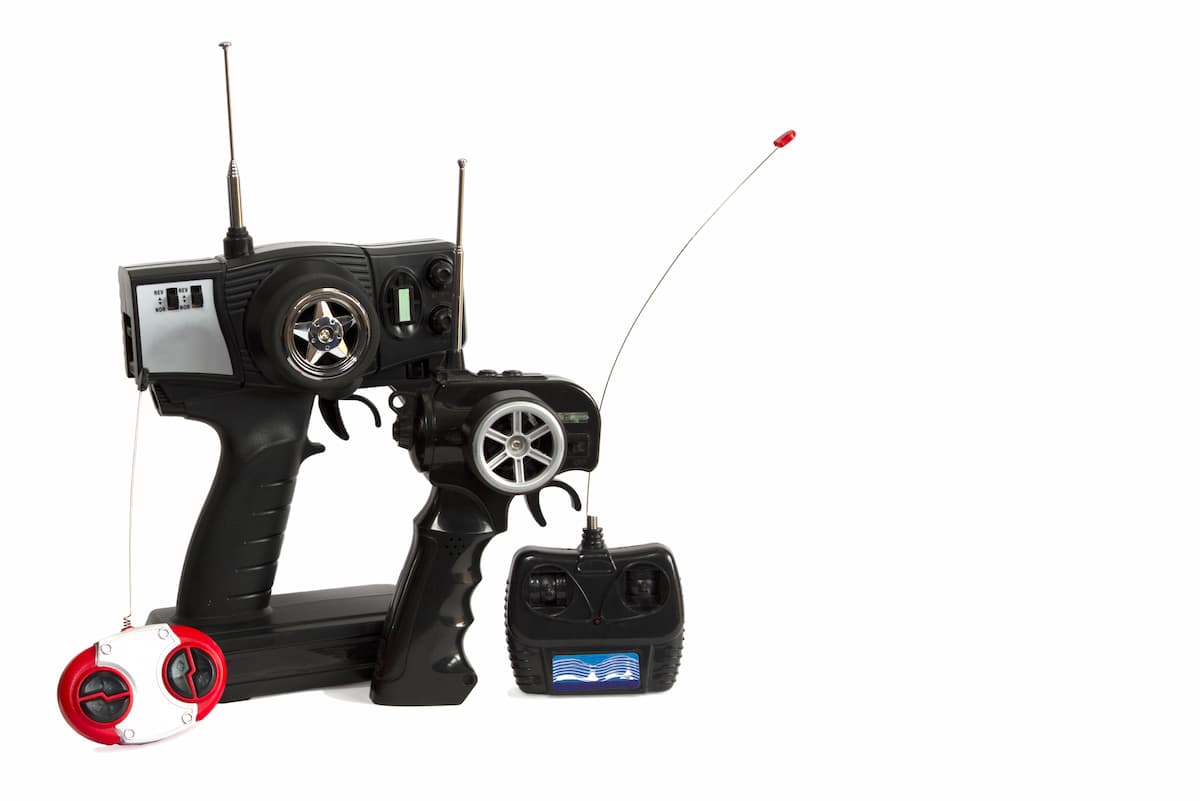
Radio Controlled Cars – Same Frequency Issues
There are some very common issues related to sharing the same frequency that will impact your RC car experience due to being assigned from the manufacturer the same frequency.
The main reason this impacts use is that the two remote controlled cars you have driving around and the remotes aren’t able to differentiate which vehicle and which controller are issuing commands to the car.
The RC car manufacturers are mindful about this and try their best to offer cars which come in the two main signals allowing you a choice before purchase to get the best RC car frequency.
How to Prevent RC Car Radio Frequency Interference
There are a few common ways to help mitigate or remove all interference from occurring while you are out racing your car, let’s jump in and figure out the ways to help you get racing again and how to stop remote control car interference!
Try Keeping Your Distance From Other RC Vehicles
There are many differences within the spectrum for many cars to frequently race without impacting each other on the 2.4GHz spectrum.
Just because you have a 2.4GHz spectrum radio though this doesn’t mean that you may not have a cross talk event with another racer, if this should happen you want to move and make some distance between you both.
Where this can get to be a more serious issue is in the toy side with radios on the MHz spectrum, normally 27MHz and 49MHz.
Within the MHz range you will have a max distance of somewhere around 100′ give or take, so if you need to you can always move down the street around 200′ to be free of an interfering signal.
Choosing Separate Frequencies
Due to using radio signals there is only so many that exist within the band to be used for radio controlled cars. The issues aren’t incredibly frequent but you could overlap.
This is again, much simpler for the GHz spectrum radios as there is thousands of frequencies available so the odds of a duplicate are incredibly limited.
The issue is if you are buying toys for your kids these come primarily in only two frequencies, 27MHz and 49MHz. This means you need to make sure if you are buying two to play together DON’T buy the same frequency for both.
Choose RC Vehicles That Have Band Selectable Frequencies
Most the inexpensive RC vehicles will not have the ability to be adjusted or to select a different frequency to shift away from another car.
For example, a RC car that runs on the 27MHz is typically technically on channel 4 at 27.145MHz.
What you can look for on these lower frequency cars is anything in the documentation that states “band selectable”, this means they provide a method to adjust the band used.
You may see this labelled on a car box as “may be playable with up to xx other cars”, this is a hint that they have a switch to allow the slight change in frequency to play together.
These can also come color coded to help you differentiate, in this case they align to the below:
- Channel 1 – Typically labeled Brown: 26.995MHz.
- Channel 2 – Typically labeled Red: 27.045MHz.
- Channel 3 – Typically labeled Orange: 27.095MHz.
- Channel 4 – Typically labeled Yellow: 27.145MHz
- Channel 5 – Typically labeled Green: 27.195MHz
- Channel 6 – Typically labeled Blue: 27.255MHz.
Preventing Interference on Hobby-Grade Vehicles
This is where the large difference begin to be seen between a toy grade car and a hobby level RC car.
A hobby level RC is incredibly customizable versus their toy cousins, this means that it is full possible to replace the radio and get a signal change instead of being locked in.
This ability to customize comes at the expense of green, most hobby cars are not going to be inexpensive and they can run into the thousands in many cases, RC cars like the Traxxas XO-1 are just under $1000.
Additionally from the methods above you may have additional options to make changes including swapping out the actual crystals used to grant the signal.
Changing an RC Car Frequency
There are some simple fixes like what we had above and then these changes which require good hobby cars to typically be viable.
With the more expensive hobby level cars you can decide to dig in deeper and change frequency responsible for giving the car its signal, so how can you change the frequency of a remote control car?
Depending on the type of RC car they can change their frequencies by modifying the crystal. Other crystal sets will typically be bought from an RC supply store. You then can exchange crystals in both the receiver and the remote control to set the car to a different frequency.
Once you change the frequency, you will be able to get two different remote controlled cars to be operated at the same time. This isn’t something that you can do on all RC vehicles though so you need to investigate prior to purchasing.
Hobby level cars have many more options, there are the six channels within the 27MHz and 49MHz range (which is what is also used for toy RC cars), 10 channels on the 50MHz frequency range (requiring a radio license).
In addition to these there are also 30 channels in the 75MHz range that are available for hobby-grade RC vehicles within the United States.
The Different RC Car Frequencies
Understanding how you plan to play with your RC car will dictate which type of car you need to purchase and which signal is the best to fit your needs.
For almost all the best answer will be a hobby grade car, this gives you the ability to adjust and upgrade the car over time instead of being limited to the same low quality, short distance play a toy car grants you.
RC Car Frequency 27MHz and 49MHz
As we discussed above the two primary signals used where you have the most possible chance of cross talk that can limit enjoyment of multiple drivers.
When you purchase toy RC cars they are always located in one of these two, typically far more within the 27MHz range.
RC Car Frequency 2.4GHz
At the time of using a remote controlled car that belongs to the 2.4GHz frequency, you don’t need to worry too much about the interference.
This is primarily due to the GHz transmitters which are manufactured to bind along with the signal receiver.
This is based upon their unique electromagnetic signature. Hence, you will not be able to find any RF interferences in between the different remote controlled car models that run on GHz frequency.
If you are trying to control two different such remote controlled cars with the single transmitter, you will not be able to get the job done.
Final Thoughts on Running RC Cars on the Same Frequency
When looking at an RC vehicle for you to drive as a hobby you should NEVER look to a MHz frequency car, this just leads to too many issues due to competition on the band.
Instead focus on a higher quality car that runs in the 2.4GHz range to ensure you can race anytime and any place without issue.
Below we have some high quality options available from Amazon today to get through Prime by the weekend that are high performance and will live up to your enjoyment needs!
RC Car Options Available on Amazon
| Image | Manufacturer | Description | Price | Prime | Buy |
|---|---|---|---|---|---|
 Top
Top Top
Top | ARRMA | ARRMA 1/7 Felony 6S BLX Street Bash All-Road Muscle Car RTR (Ready-to-Run Transmitter and Receiver Included, Batteries and Charger Required), Black, ARA7617V2T1 | Prime | Buy Now | |
Top | Traxxas | Traxxas XO-1 1/7 Scale AWD Supercar with TQi 2.4GHz Radio & TSM, Black | Prime | Buy Now | |
 | Losi | Losi RC Truck 1/6 Super Rock Rey 4WD Brushless Rock Racer RTR (Ready-to-Run) with AVC, Baja Designs, LOS05016T1 | PrimeEligible | Buy Now | |
 Top
Top
Top
Top | Traxxas | Traxxas 67076-4 Rustler 4x4 VXL Off Road Electric Remote Control RC Car with Remote Control for Adults and Kids, Red | Prime | Buy Now | |
 Top
Top
Top
Top | ARRMA | ARRMA RC Truck 1/8 KRATON 6S V5 4WD BLX Speed Monster Truck with Spektrum Firma RTR, Red, ARA8608V5T1 | PrimeEligible | Buy Now | |
 Top
Top
Top
Top | Redcat | Redcat Racing Shredder XTE Electric Truck, 1/6 Scale, Red | PrimeEligible | Buy Now | |
 Top
Top
Top
Top | Traxxas | Traxxas 67076-4 Rustler 4x4 VXL Off Road Electric Remote Control RC Car Chassis Body with Remote Control for Adults and Kids, Green | Prime | Buy Now | |
 | ARRMA | ARRMA RC Car 1/8 Typhon 6S V5 4WD BLX Buggy with Spektrum Firma RTR (Ready-to-Run), Black and Red, ARA8606V5 | PrimeEligible | Buy Now |
Helpful Links
For all your RC Questions, Click HERE
If you are interested in RC cars and trucks, RC World has you covered.
For RC boats and watercraft, check these articles out.
For all your RC Airborne endeavors, we have everything you need.
Upgrade Your Skateboard: Electric Customization Features
From surfers and skaters seeking the thrill of riding the waves and streets, to eco-conscious commuters searching for a sustainable mode of transportation, electric skateboards have become a…
Electric Skateboards: Conquering Speed Racing
As technology continues to evolve and permeate every facet of our lives, so too has the realm of skateboard racing, sparking intrigue and passion in enthusiasts and hobbyists…
Racing 101: Basics on How to Race RC Cars
The radio-controlled car driving hobby is extremely fun and has a lot of nuances to cover. If you’ve been driving RC cars for a while, you might want…
Why Electric Pedal-Assist Bikes Are a Game Changer
Electric pedal-assist bikes, often referred to as e-bikes, are a revolutionary mode of transportation that combines the benefits of traditional pedal power with an electric motor to provide…
Why Does My Remote Control Vehicle Have a Mind of Its Own?
I loves remote control vehicles growing up and would run them until they broke in most cases, Washington state is wet and thats a bad combo for a…
Remote Control Vehicles [ Is 49mhz or 27mhz the Better Choice ]
A radio-controlled car relies on receiving signals from their transmitter (remote) to the receiver (vehicle) to smoothly maneuver itself as the controller wishes to. Whenever you’re trying to…
5 Best RC Boats for Rough Water Expeditions
If you’re wanting to find the best RC boat for rough waters then you’ve come to the right place. Below the reviews, you’ll see more information on the…
Ultimate Guide to E-Bike Charging Stations
Electric bikes, commonly known as e-bikes, are revolutionizing urban travel, offering riders a sustainable and efficient mode of transport. At the heart of every e-bike is its battery,…
Top Electric Skateboards: Opting for Long Battery Life
Whether you’re an avid adventurer or a city slicker, owning an electric skateboard can be an exhilarating way to navigate your surroundings. With early adoption came the excitement…

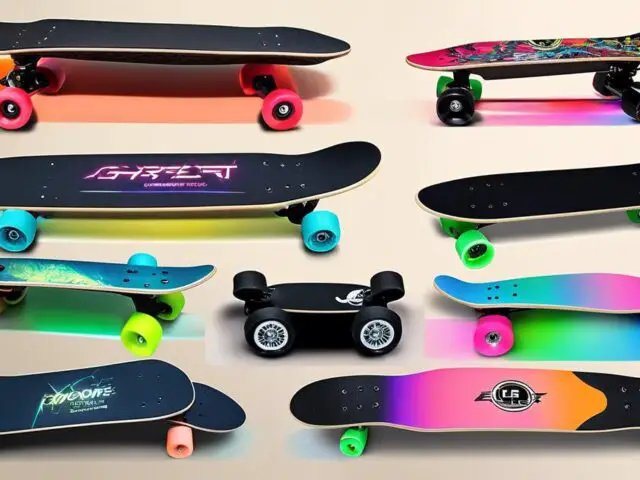
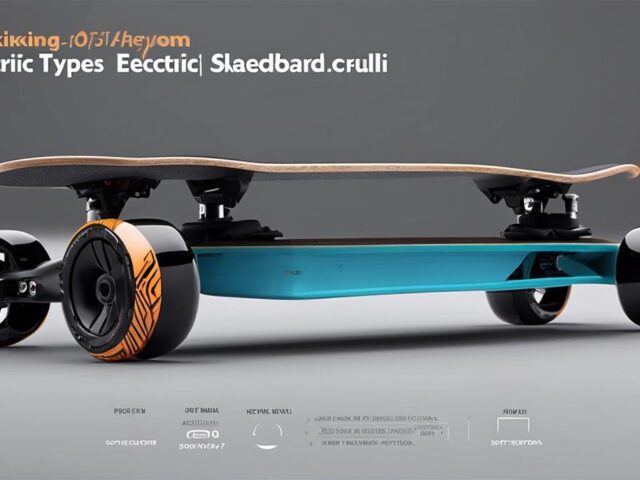

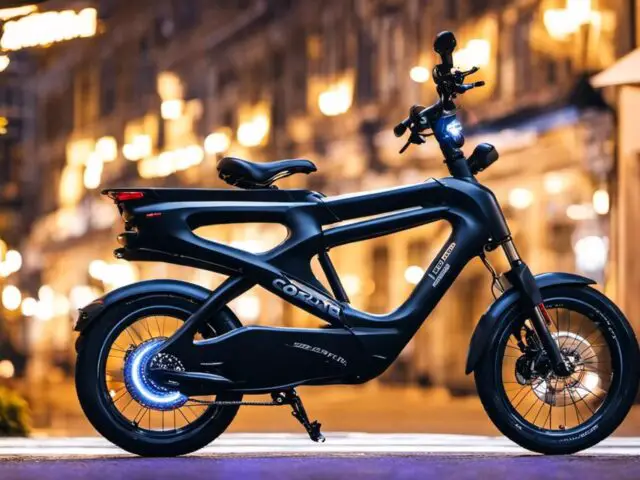
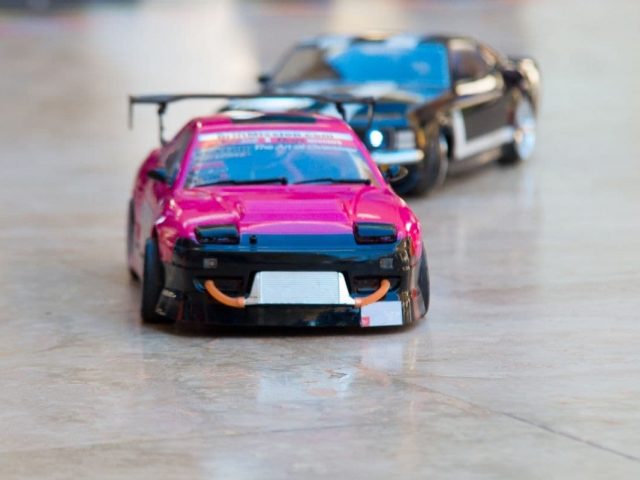
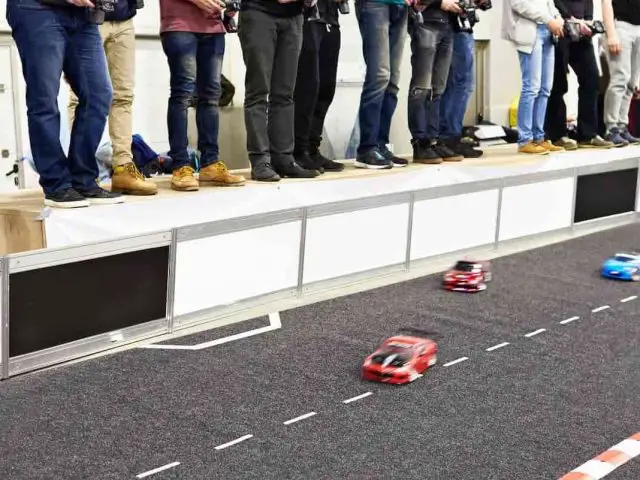


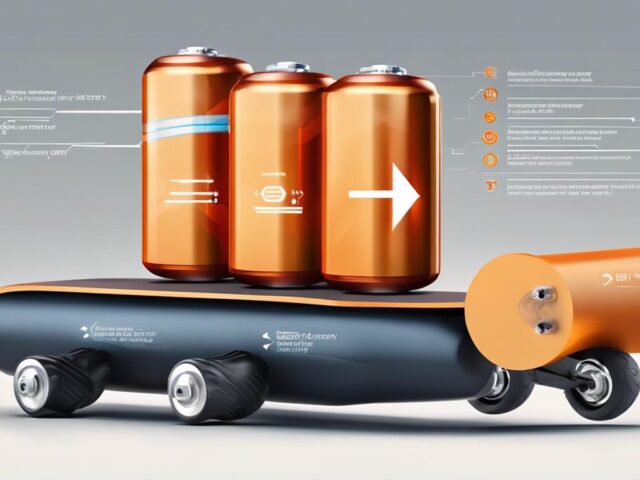
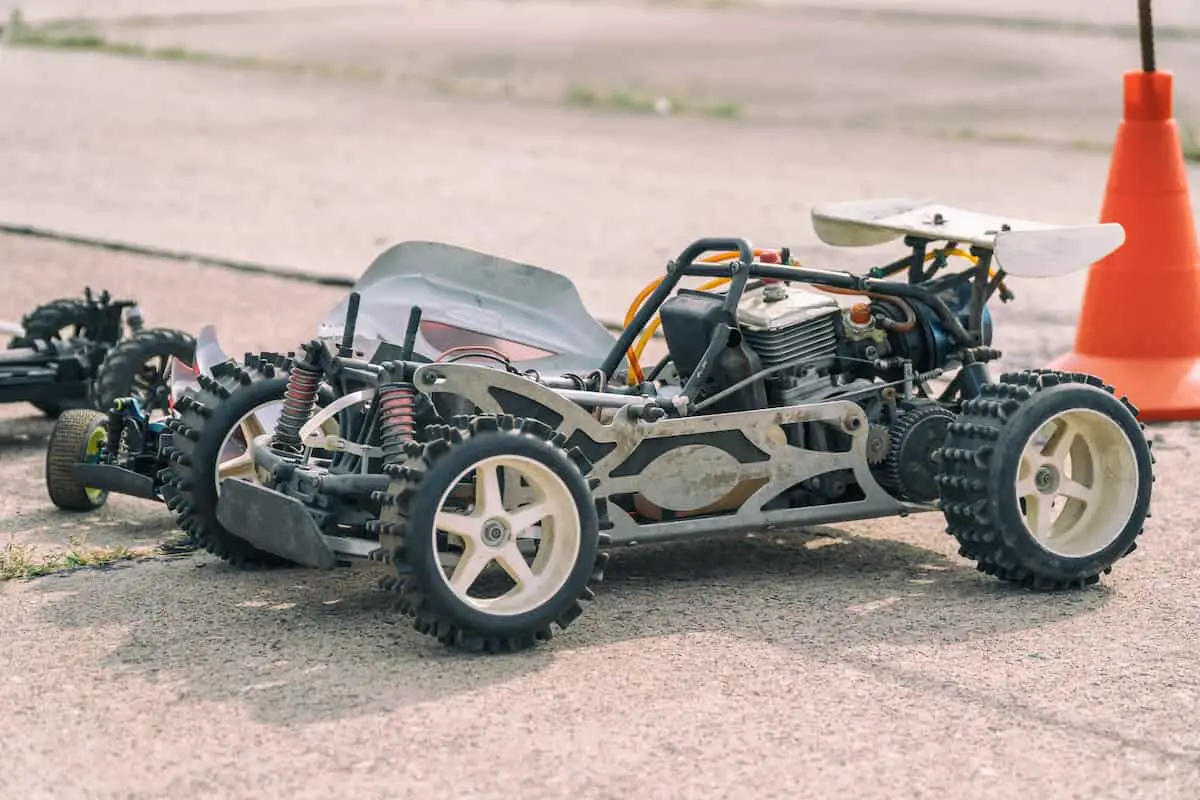
![Pushing Performance Limits [ Maximizing Cheap RC Cars ]](https://radiocontrolledworld.com/wp-content/uploads/2021/02/Speeding-RC-car-on-the-grass-e1613859954858.jpg)

